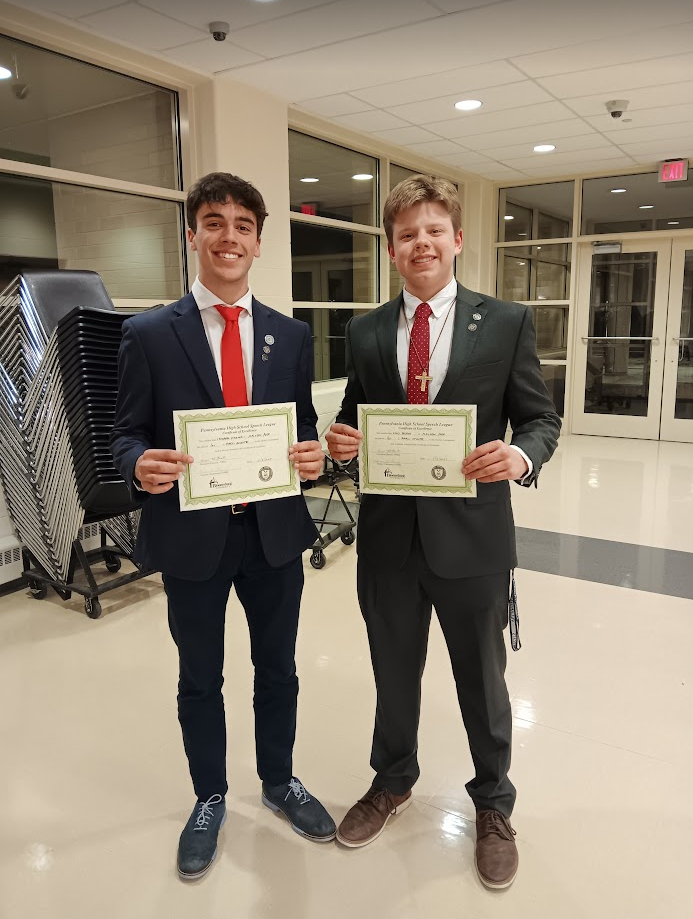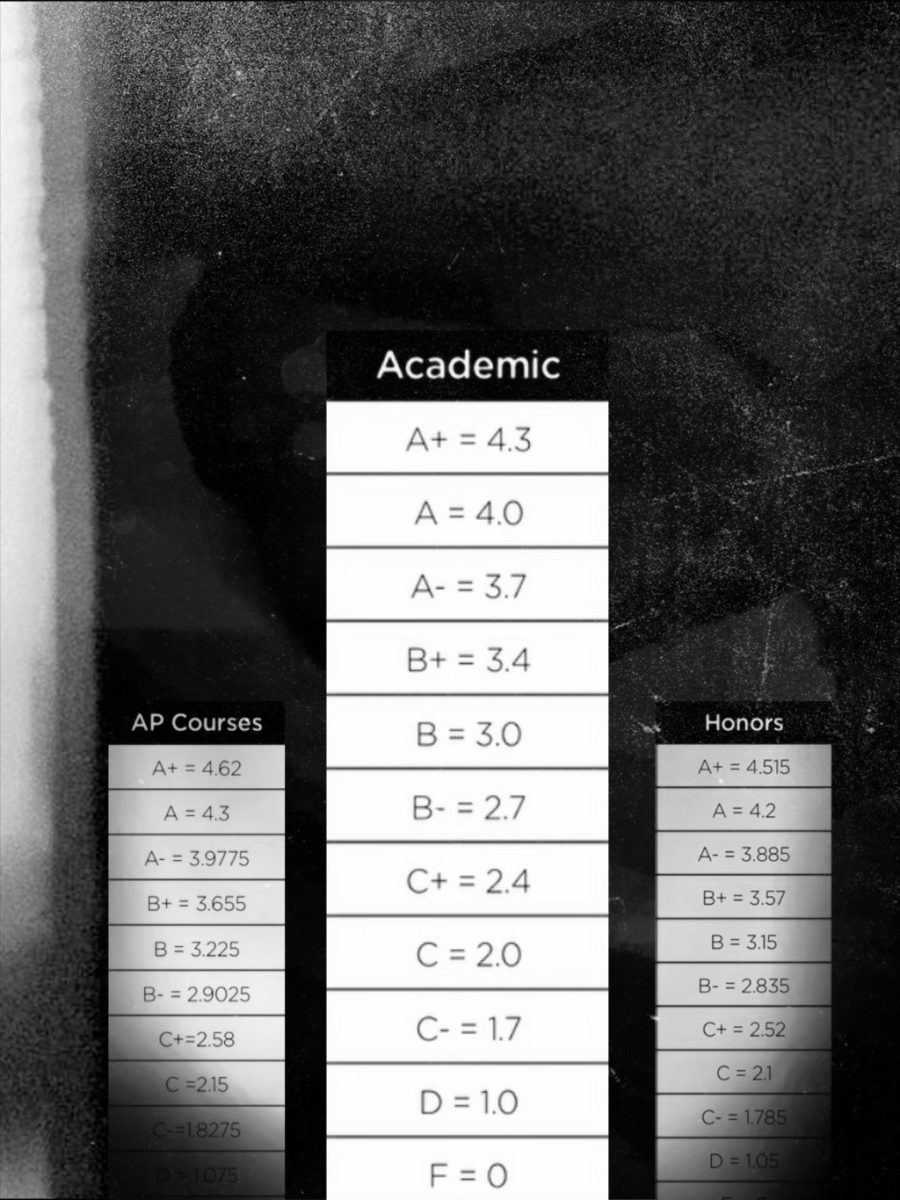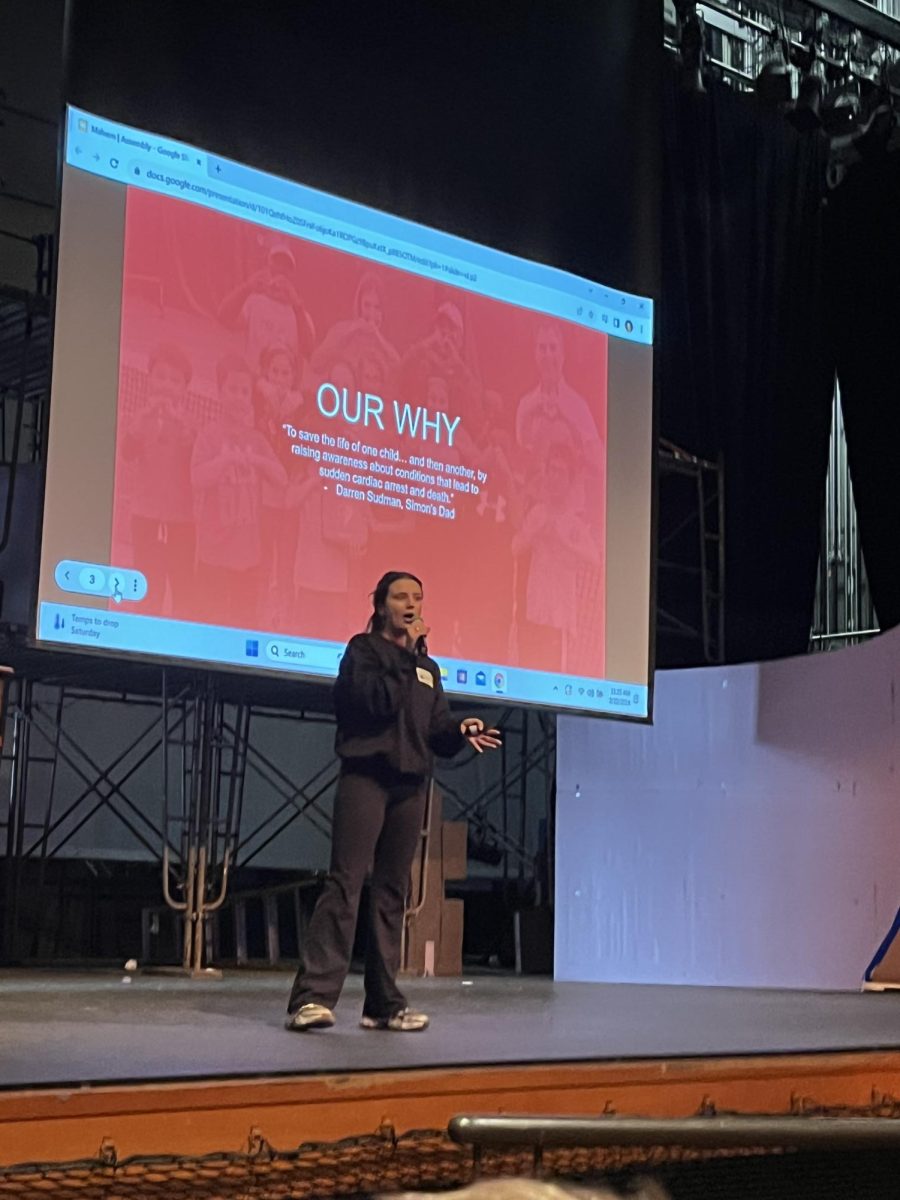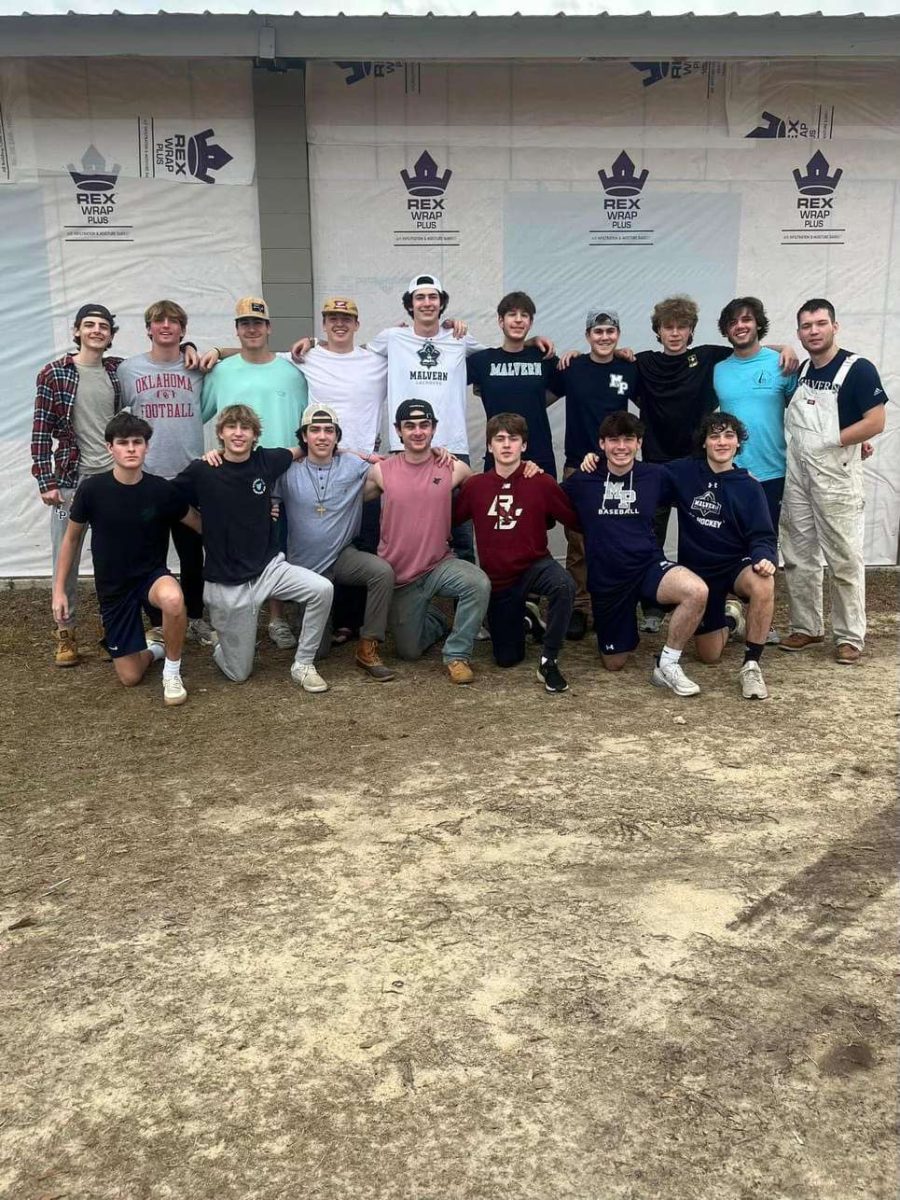The demographics of the Malvern community have seen both changes and consistency in the school’s 175 year history.
Malvern has three teachers who have each been at Malvern for over 40 years: English teacher and college counselor Mr. Richard Roper, Stewardship Officer Mr. Chuck Chinici, and former Head of School and Spanish teacher Mr. James Stewart. They have seen a lot of change at the school—including changes in how diversity is defined in the community.
Both Stewart and Chinici recalled the first African American teacher, Mr. Michael Steele. Steele taught at Malvern in 1980-81, while he was a seminarian at Villanova. After teaching at Malvern—and leaving the Seminary—Steele went on to pursue a career in Washington as a politician. He now holds the titles of former Republican National Convention chairman and former Lieutenant Governor of Maryland.
“He’s a bigwig in the Republican party. You see him on all of news stations today,” Chinici said.
While they are the longest tenured Malvern teachers, certain milestones in the history of the community’s diversity predate Roper, Chinici, and Stewart’s careers.
“There were African American students here in 1970 when I came. They were here because we had a program called the Amici Scholarship. The money was to go to inner-city kids who couldn’t afford to come to Malvern Prep,” Stewart said. “We probably had more kids of diversity in the ’70s than we had in the ’80s and early ’90s because of the fund we had.”
It has been “heartwarming” to see the student body become more inclusive of African Americans, Asians, and other young men that break the Malvern stereotype of a white population, according to all three men.
“The school has made an effort to have more diverse students, not of any particular race,” Stewart said. “We did well in the ’80s with Asian kids, with the African American kids in the ’90s. It seems in the 2000s, we’re doing much better with the Asians and the African Americans.”
However, more development could be made in this area.
“The attempt has never stopped to become more diverse, racially and ethnically, but I think we struggle because once we make a decision to take in those of racial diversity, we have to have a plan for them to succeed,” Roper said. “We have to have the ability to make them comfortable, while being challenged, within our community, and that’s hard.”
Malvern has also struggled to hire faculty members of different backgrounds, something that Chinici reflected upon in doing research for Malvern’s 175th anniversary last year.
“We have not had many teachers of color in my 40 years here at Malvern. We’ve had a few, maybe two or three. As far as Asian teachers, the teachers that we have today are probably the first that I can think of,” Chinici said. “We’ve not had a lot of teachers of ethnic diversity.”
Stewart, Roper, and Chinici all agreed that Malvern should make a conscientious effort to hire more teachers of different backgrounds. A percentage increase in faculty, staff, and students of color is noted as a success measurement in the 2020 strategic plan, released in late February.
“It’s not to say that we don’t try to, because we do. We haven’t been fortunate enough to attract many,” Chinici said. “I think we’re a long way from being where I would like to see us be, and that would be more teachers of color. We’ve reached the male-female ratio, but we still haven’t reached the diversity I would like to see.”
Roper believes Malvern has reached a nice balance of women and men on the teaching staff.
“We really struggled to bring a gender balance and diversity to our faculty. It was a hard-fought battle, because it takes a special kind of woman to teach in an all boys school,” Roper said. “We went through a lot of ‘fits and starts’, some successes and failures. Now, we have an interesting blend of female faculty members.”
From their experiences, all three men define what they believe diversity is in regards to the Malvern community’s students and teachers—and some of the challenges in reaching a diverse community.
In his definition, Roper addressed the challenges of having a diverse religious community due to Malvern’s Catholic, Augustinian principles.
“Gender, ethnicity, race. Notice how I didn’t say religious,” Roper said. “Now I’m not talking about sects within the Christian faith; I’m talking about groups outside the Christian. I’m not sure we’re equipped, given what we are, to deal with that kind of diversity. But racial, ethnic, and gender in the faculty? We are certainly capable of doing that.”
Chinici, who has done a lot of research on the history of Malvern, stressed that the definition of diversity has undergone significant changes since the school opened.
“For an all-boys school, we have always had white male teachers,” Chinici said. “Diversity back in 1930 meant something different than it means today. Diversity in 1930 on the Malvern faculty was a lay teacher. Diversity to me today means someone who is not a white, male teacher.”
Stewart emphasized that Malvern should continue to be an accepting community, not just one who tolerates people who are different.
“Diversity is everything; your race, your religion, your ethnicity, your learning abilities, you social stature. What’s really important here is everything that’s diverse,” Stewart said. “We shouldn’t use the word ‘tolerate’, we should use ‘accept’. Too often you hear we’re going to ‘tolerate’ or ‘put up with’. Acceptance means you’re trying to understand how they feel, and they’re trying to understand how you feel and how you look at things that are happening in the world.”






